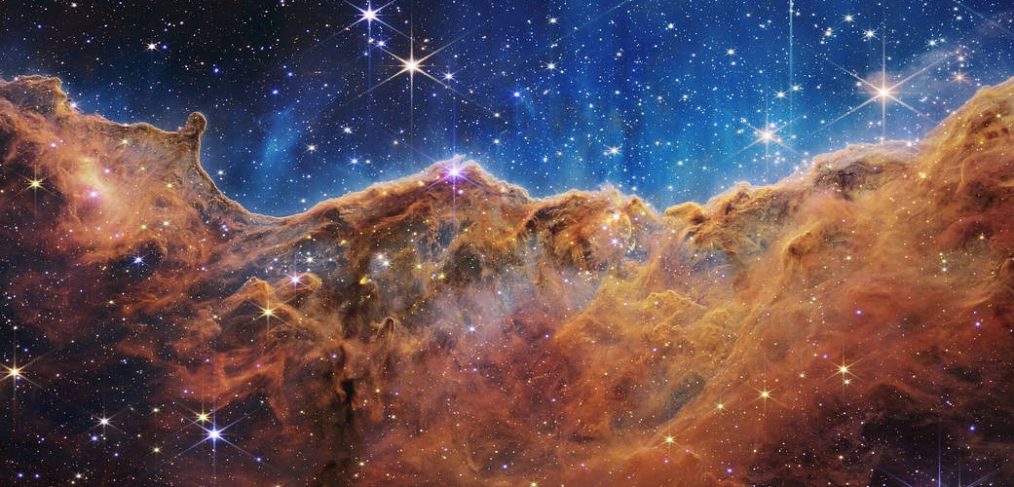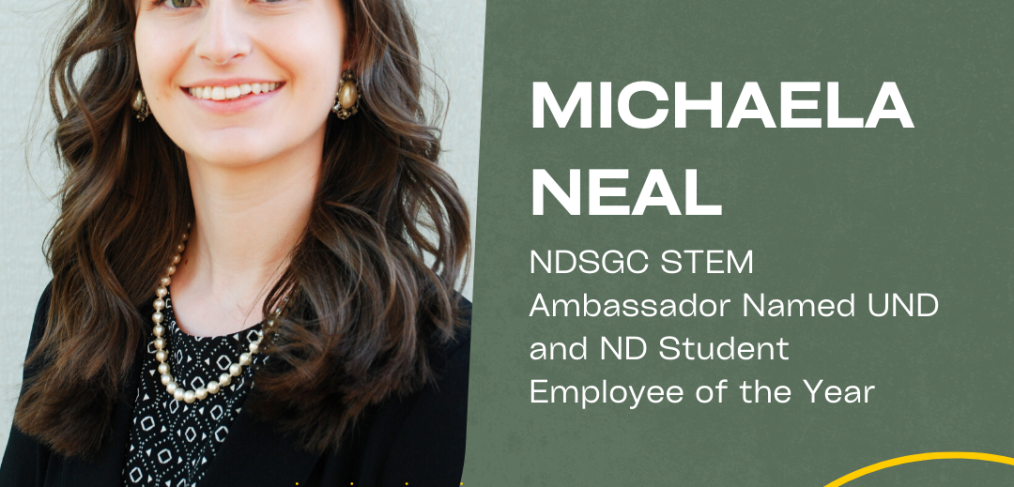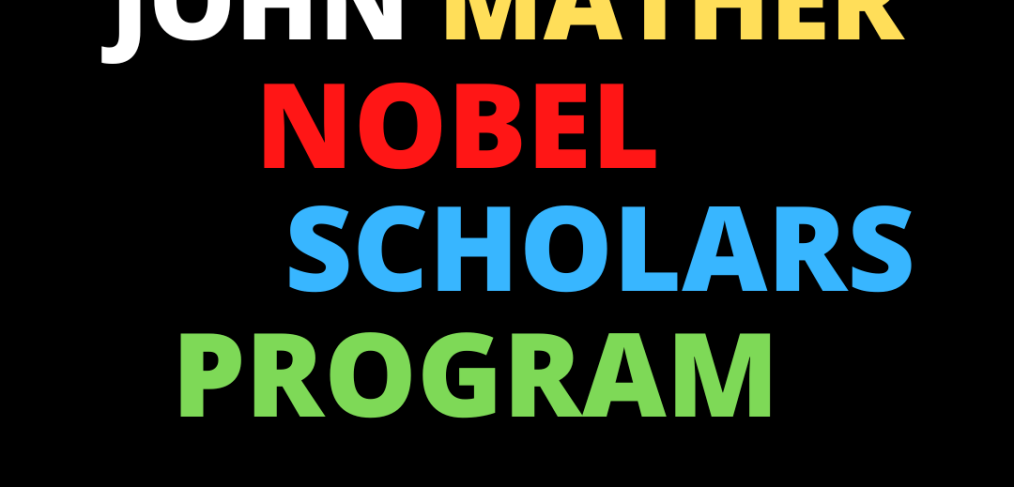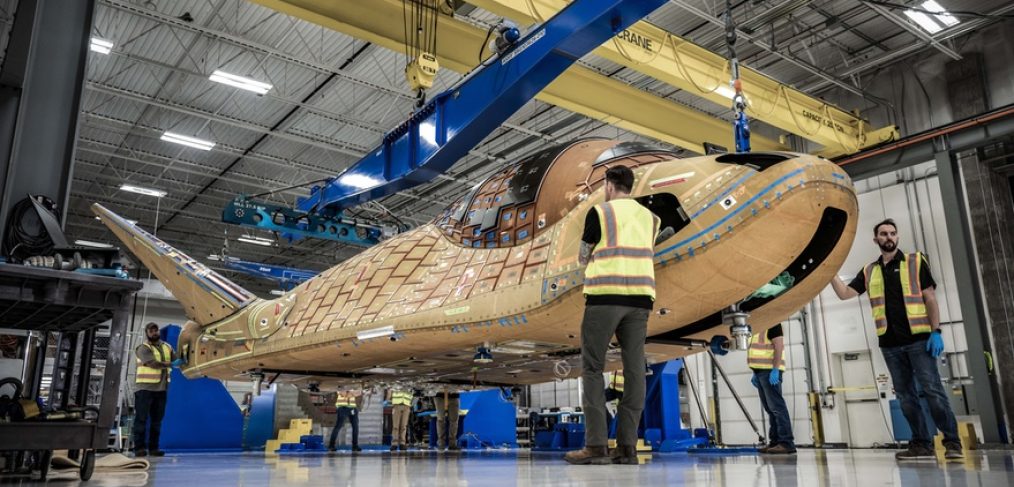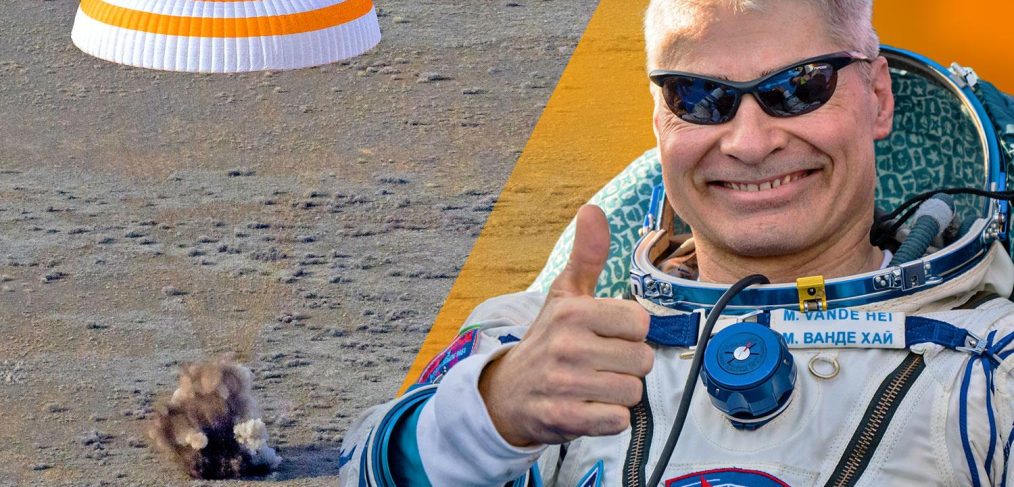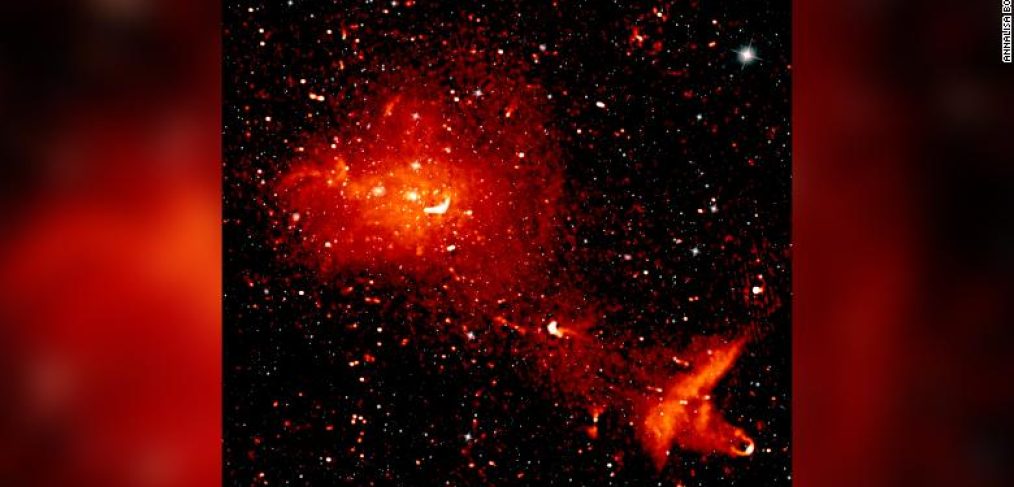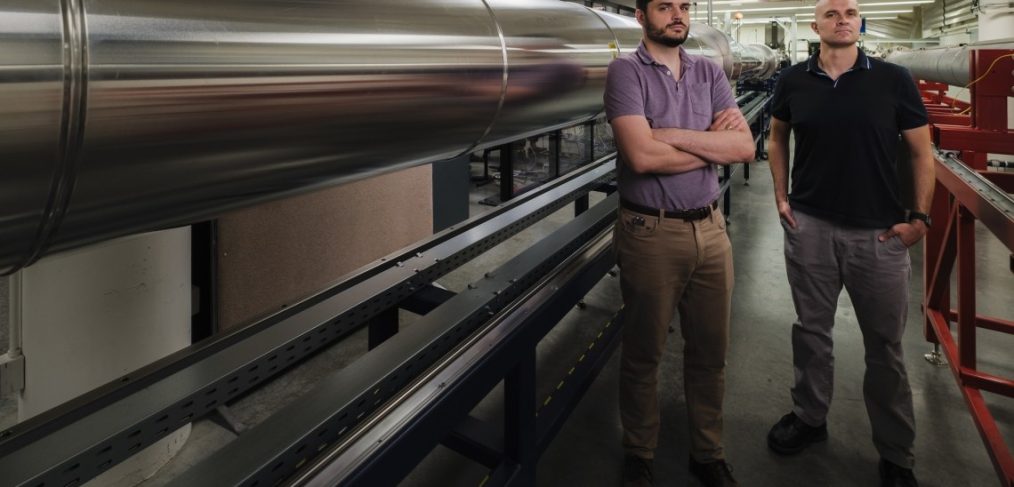University of Arizona aerospace and mechanical engineering researchers have received $3.5 million in funding from the state of Arizona’s investment in the New Economy Initiative and $6.5 million in federal support through the Department of Defense’s Test Resource Management Center to upgrade hypersonic facilities and related research infrastructure.
The funding positions the university as a leading educational institution in the hypersonics field, said Alex Craig, an assistant professor of aerospace and mechanical engineering.
“We’re moving our wind tunnel complex into a more capable realm that you typically don’t see at universities, because it’s usually reserved for government facilities like NASA,” Craig said. “With these upgrades, we’ll be able to provide impactful ground testing services to DOD and its contractors, NASA, and emerging private ventures supporting space and commercial travel, while still fulfilling our educational mission.”
Wind tunnels blast air at high speeds past fixed objects, helping researchers better understand how similarly shaped objects, such as aircraft and missiles, behave in flight. Wind tunnel speed is represented by Mach number, with Mach 1 being equal to the speed of sound – about 761 mph at sea level.
UArizona is home to two hypersonic facilities and additional wind tunnels that permit testing from Mach 0 to Mach 5.
Read the full article online here.
Image Credit: University of Arizona


